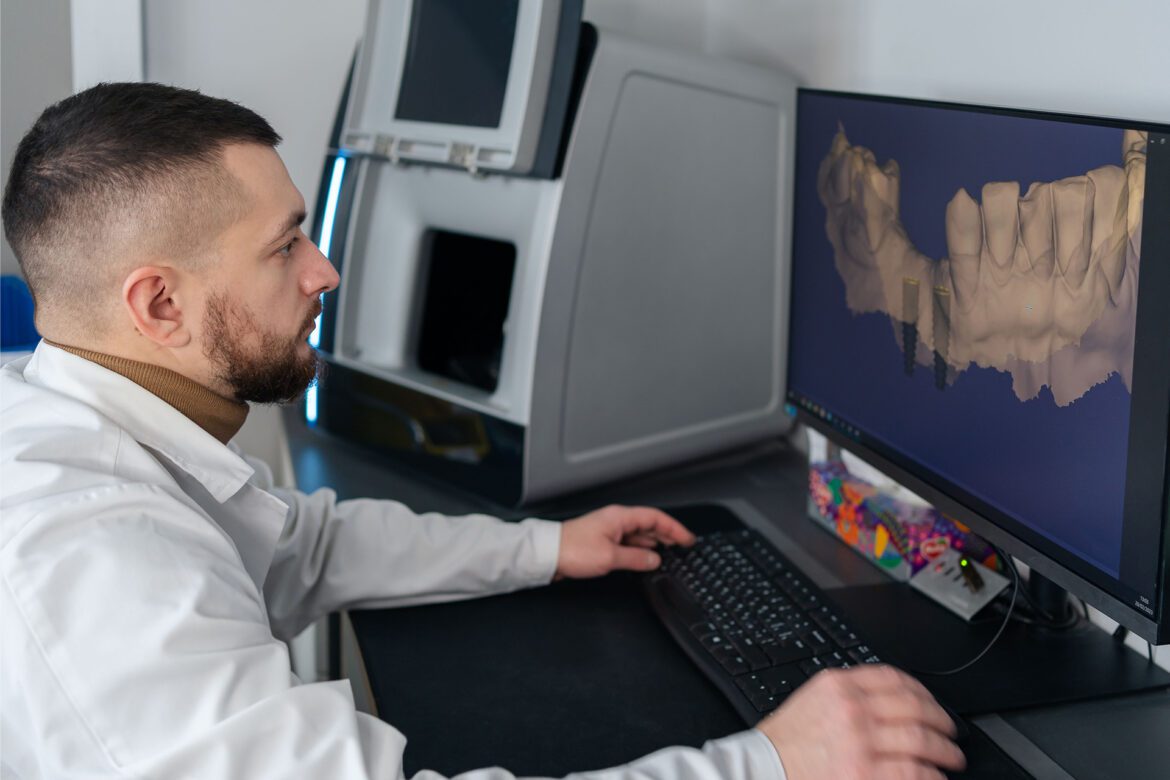The field of dentistry has witnessed remarkable advancements in recent years, with dental technology playing a pivotal role in transforming the way oral healthcare is delivered. Among the many breakthroughs, dental implants have emerged as a game-changer in dental restoration, offering patients a durable and natural-looking solution for missing teeth. The dental implants market has experienced rapid growth, largely driven by advancements in dental technology. This article explores the significant role of dental technology in fueling the expansion of the dental implants market.
Enhanced Diagnostic Capabilities
One of the key factors contributing to the growth of the dental implants market is the availability of advanced diagnostic tools and imaging techniques. Dental technology has revolutionized the way dentists assess a patient’s oral health and plan for dental implant procedures. Cone-beam computed tomography (CBCT) scans, intraoral scanners, and digital radiography have significantly improved the accuracy of pre-operative evaluations. These tools provide comprehensive 3D images of the patient’s oral structures, allowing for precise implant placement and reducing the risk of complications. The enhanced diagnostic capabilities provided by dental technology have instilled confidence in both dentists and patients, driving the demand for dental implants.
Computer-Aided Design and Manufacturing (CAD/CAM)
Dental technology has brought about a paradigm shift in the design and manufacturing process of dental implants. Computer-Aided Design and Manufacturing (CAD/CAM) technology has revolutionized the creation of dental restorations, including implant-supported crowns, bridges, and dentures. CAD/CAM systems utilize digital scans of the patient’s oral cavity to create virtual models, which are then used to design customized implant restorations. These digital models can be precisely manipulated to ensure a perfect fit and optimal aesthetics. CAD/CAM technology enables faster production times, reduces the margin for error, and enhances the overall patient experience. The widespread adoption of CAD/CAM technology has played a pivotal role in expanding the dental implants market.
Material Innovations
Advancements in dental materials have significantly contributed to the success and growth of dental implant procedures. Dental technology has introduced new materials, such as zirconia and titanium alloys, that offer superior strength, biocompatibility, and aesthetics. Zirconia implants, in particular, have gained popularity due to their excellent aesthetics, natural translucency, and ability to fuse with surrounding tissues. Dental technology has also facilitated the development of surface treatments and coatings that enhance osseointegration—the process by which implants bond with the jawbone—leading to improved implant stability and long-term success rates. These material innovations have expanded the range of options available to patients, increasing the demand for dental implants.
Digital Guided Surgery
Digital guided surgery is another technological advancement that has revolutionized the dental implant placement process. This technique involves combining pre-operative planning with computer-guided surgical navigation. Through the use of CBCT scans and virtual implant planning software, dentists can create a precise surgical guide that assists in accurate implant placement. Digital guided surgery enhances the predictability and precision of dental implant procedures, reduces surgical time, and minimizes complications. The availability of this technology has made dental implant surgery more accessible to a wider range of patients, contributing to the growth of the dental implants market.
The dental implants market has experienced substantial growth, primarily driven by advancements in dental technology. The availability of advanced diagnostic tools, CAD/CAM technology, material innovations, and digital guided surgery has transformed the field of dental implantology. These technological advancements have improved the accuracy, predictability, and success rates of dental implant procedures while enhancing the overall patient experience. As dental technology continues to evolve, it is expected to further revolutionize the field of dentistry and contribute to the continued growth of the dental implants market, ensuring that more individuals can benefit from this life-changing dental restoration option.

